In today’s digital age, misinformation spreads faster than the truth, and the LGBTQ community often finds itself at the center of unfounded myths and misconceptions. These untruths can perpetuate discrimination, hinder progress, and muddy the waters of understanding and acceptance. Let’s debunk 15 of the most common myths about the LGBTQ community.
1. “Being LGBTQ is a choice”
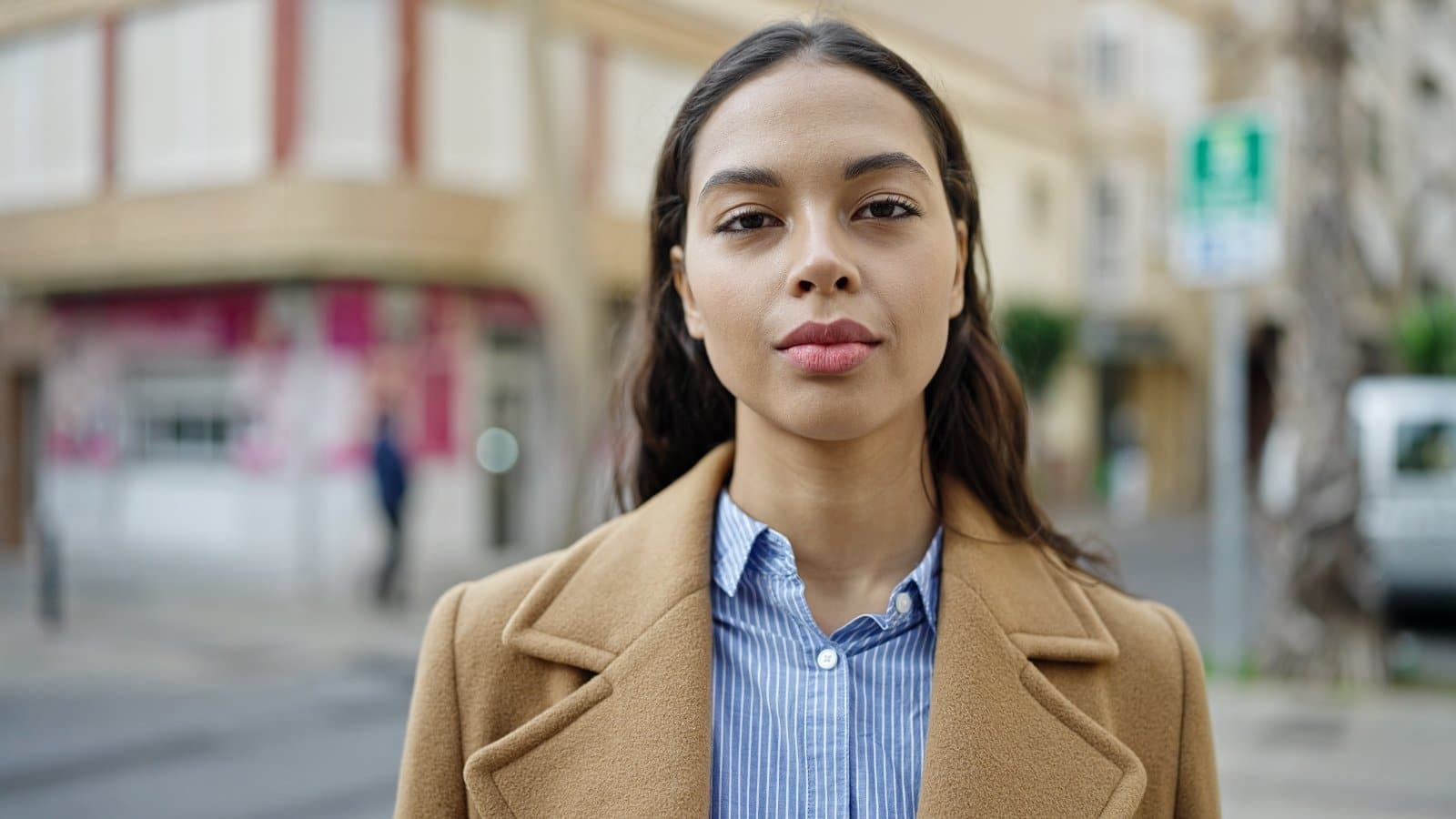
Sexual orientation and gender identity are inherent aspects of a person’s identity, not choices one makes. Numerous scientific studies support that these traits are complex and likely determined by a combination of genetic, hormonal, and environmental influences.
2. “LGBTQ people are more likely to be predators”
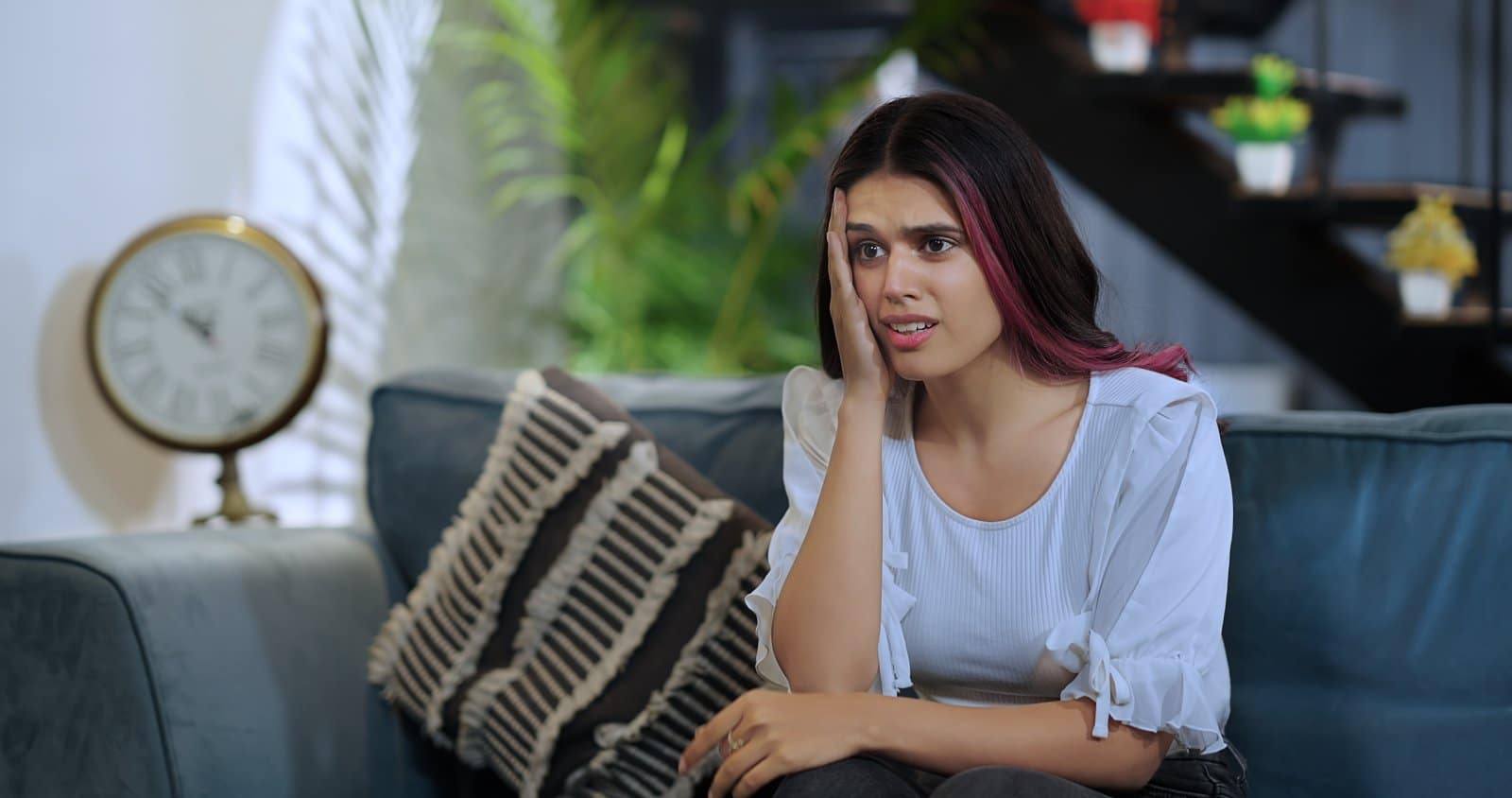
This harmful stereotype has been debunked repeatedly. Sexual orientation and gender identity have no correlation with predatory behavior. Studies show that LGBTQ individuals are more likely to be victims rather than perpetrators of violence.
3. “Same-sex parents harm children”
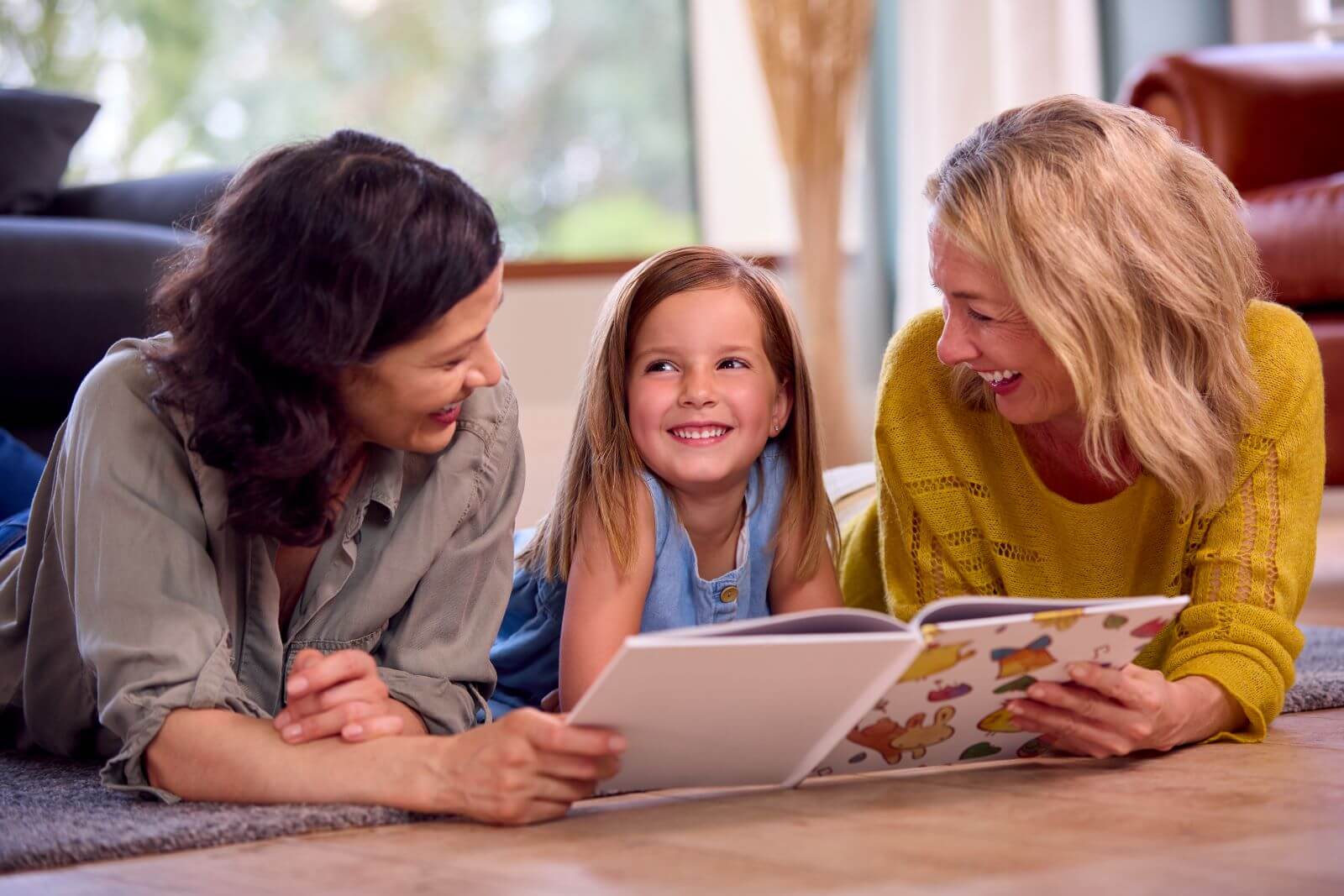
Research consistently shows that children raised by same-sex parents fare just as well emotionally, socially, and academically as those raised by heterosexual parents. The quality of parenting is what matters, not the sexual orientation of the parents.
4. “Transgender people are just confused”
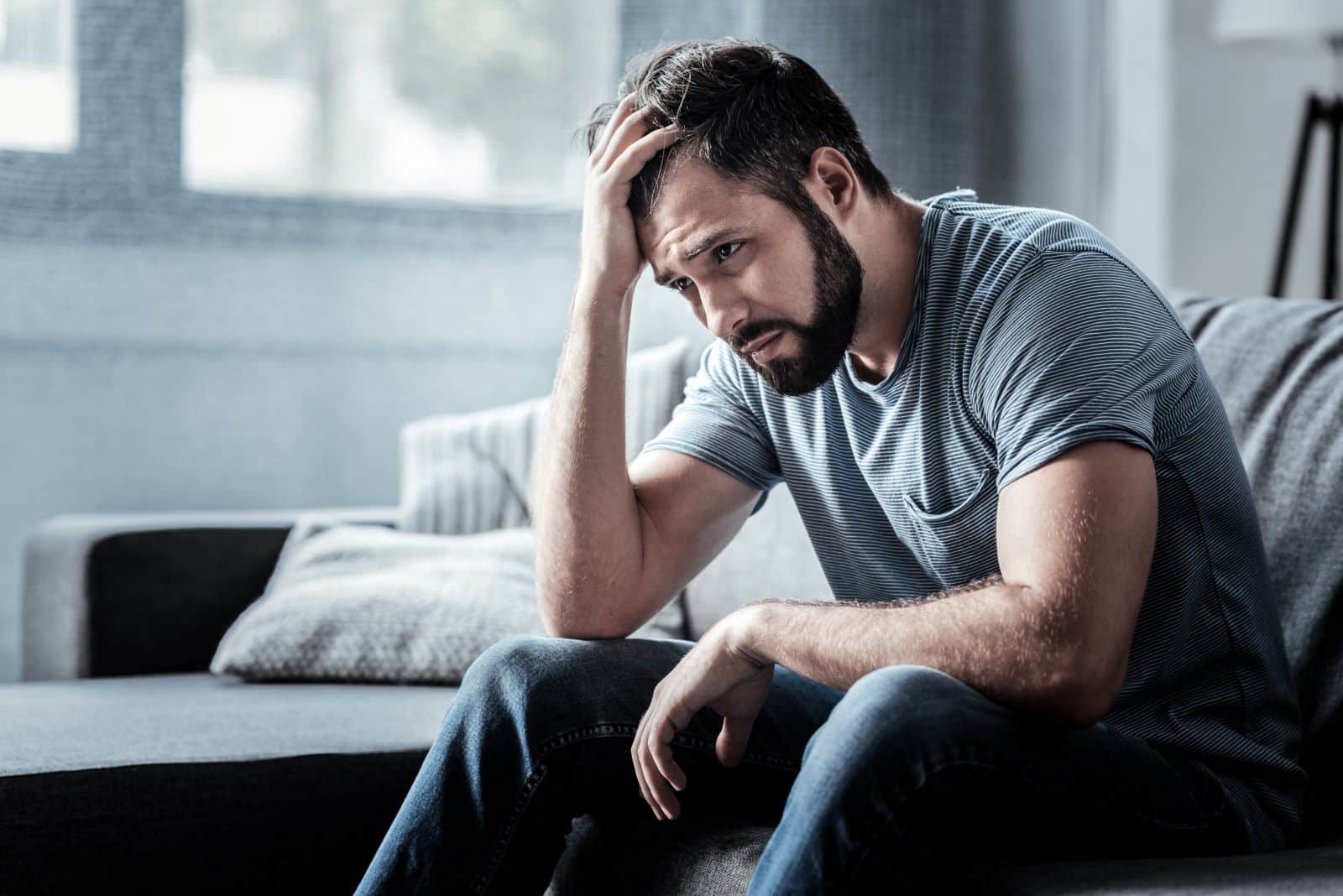
Transgender individuals have a gender identity that does not align with their assigned sex at birth. This is not a matter of confusion but a deep understanding of their true selves. Recognizing and respecting their gender identity is crucial for their mental health.
5. “LGBTQ rights are special rights”
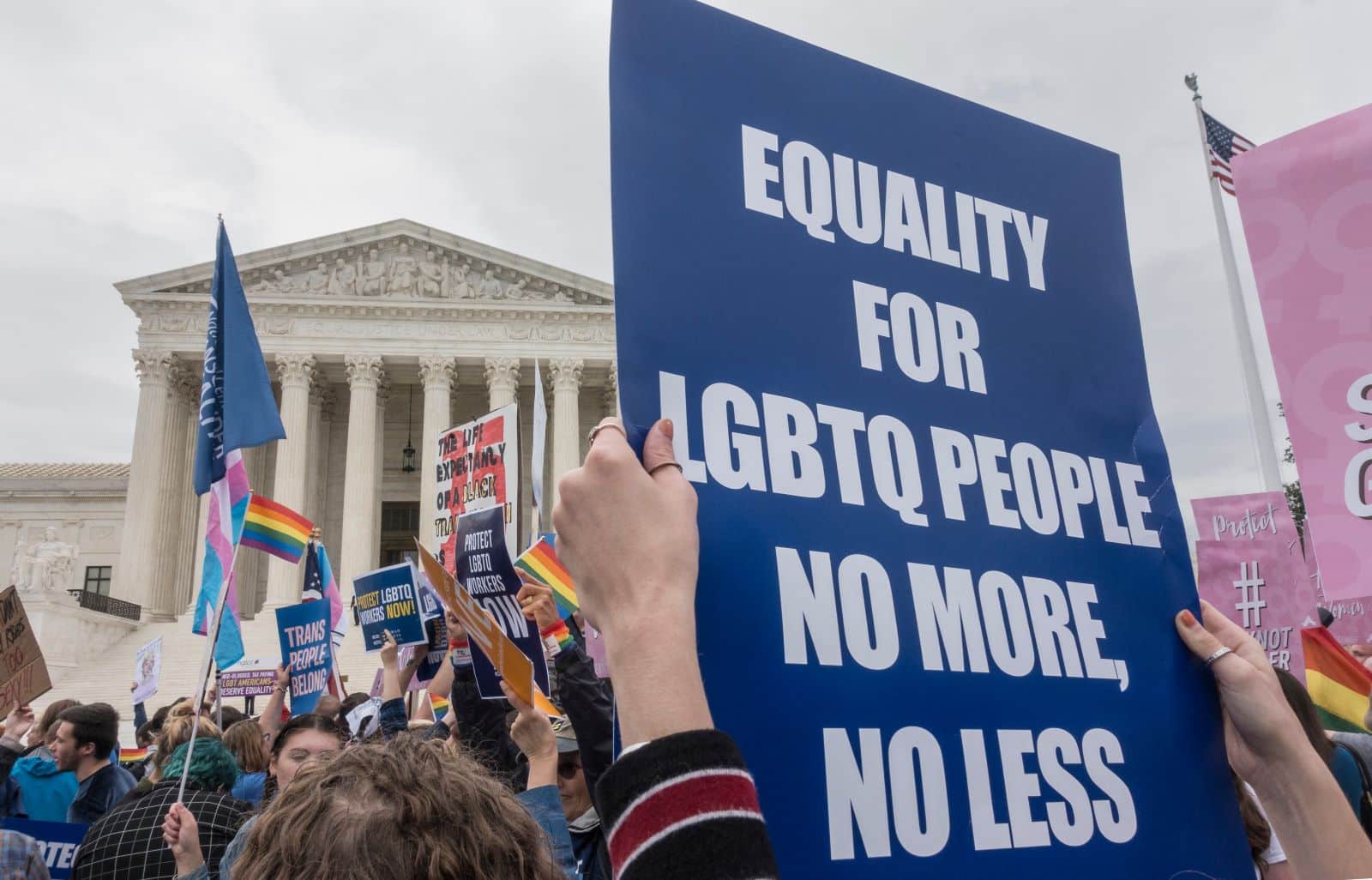
Seeking equal treatment under the law is not asking for special rights. LGBTQ individuals seek the same legal protections and rights afforded to everyone else, including employment, housing, and healthcare.
6. “There’s no such thing as bisexual people”
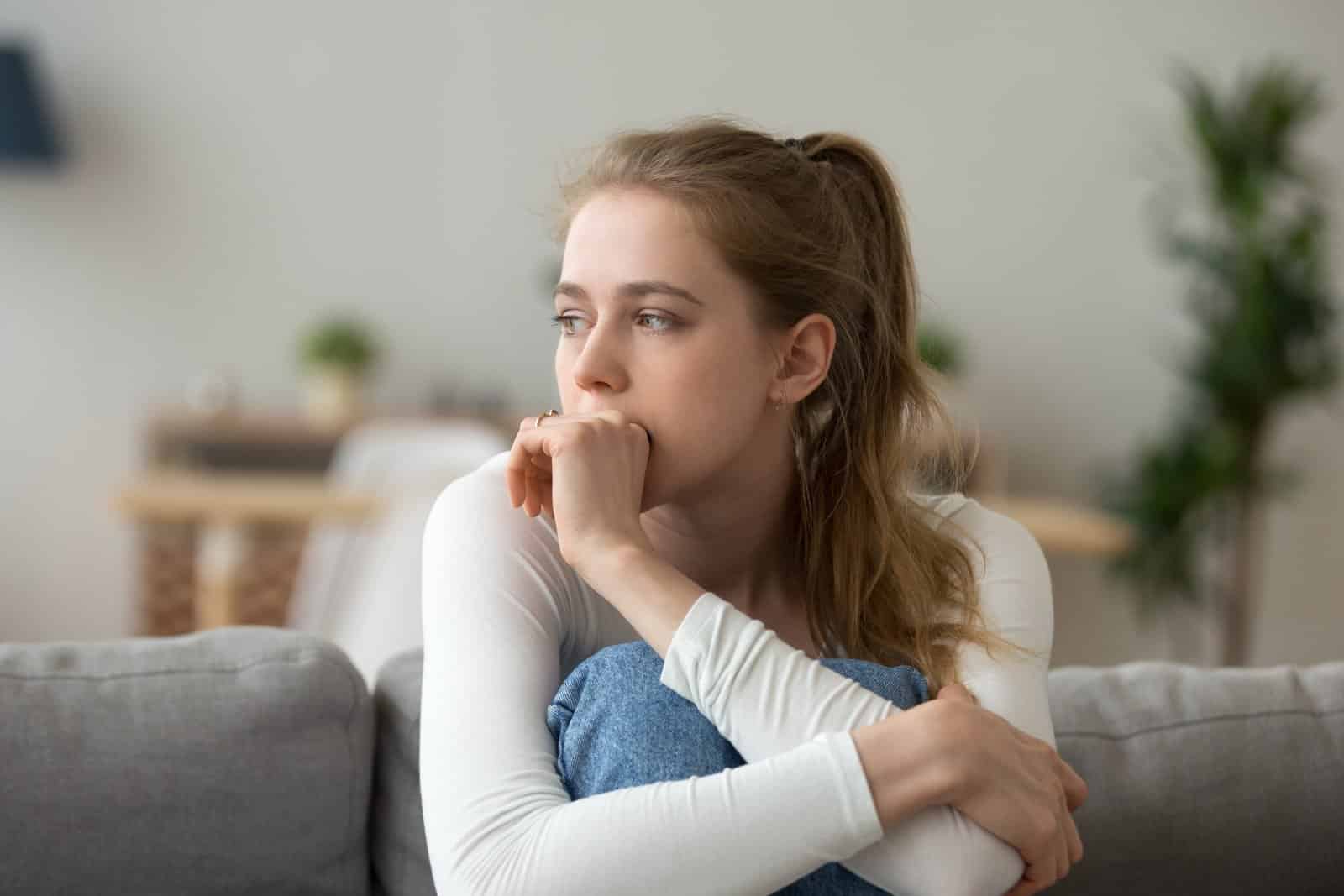
Bisexuality is a valid sexual orientation characterized by attraction to both the same gender and different genders. Denying its existence erases the experiences and identities of millions of people worldwide.
7. “Gay people can be ‘cured'”

Conversion therapy, the practice of trying to change an individual’s sexual orientation, has been discredited and condemned by major medical organizations. It is not only ineffective but also extremely harmful.
8. “LGBTQ individuals don’t face discrimination anymore”

Despite significant progress, discrimination against LGBTQ people persists in many areas, including employment, housing, and access to healthcare. Legal protections vary widely by state, and in many places, these protections are insufficient or non-existent.
9. “It’s just a phase”

Dismissing someone’s LGBTQ identity as a phase undermines their experiences and identity. Sexual orientation and gender identity can be complex, and for many, these aspects of their identity are enduring.
10. “LGBTQ activism is overblown”
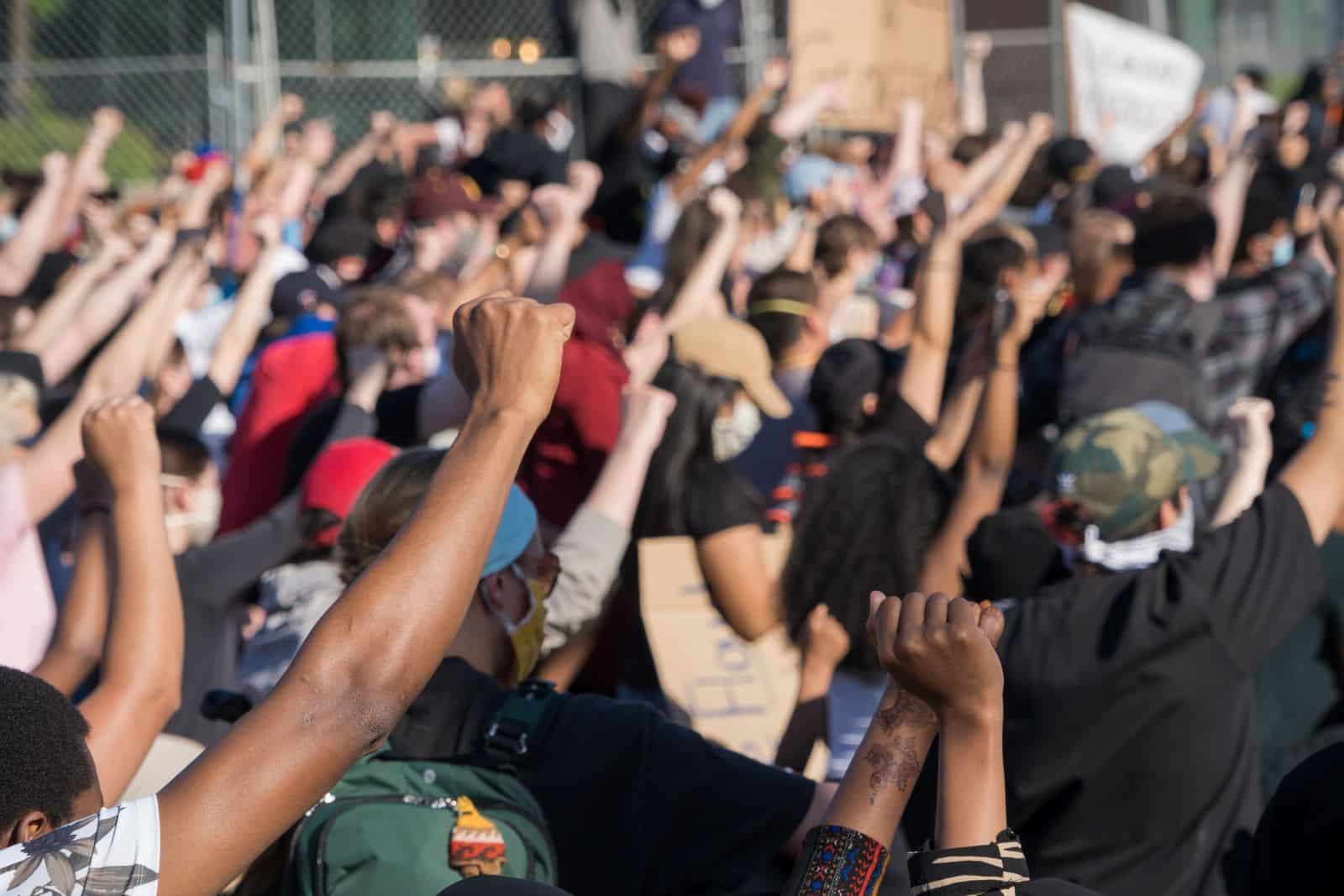
Activism remains vital as LGBTQ individuals continue to fight for equality, visibility, and against discrimination. The challenges and barriers faced by the community are real and pressing, requiring ongoing advocacy and support.
11. “Trans people should use the bathroom of their birth sex”

Forcing transgender individuals to use bathrooms that do not align with their gender identity is not only humiliating but also dangerous. It subjects them to potential harassment and violence and undermines their dignity and rights.
12. “All religious people oppose LGBTQ rights”
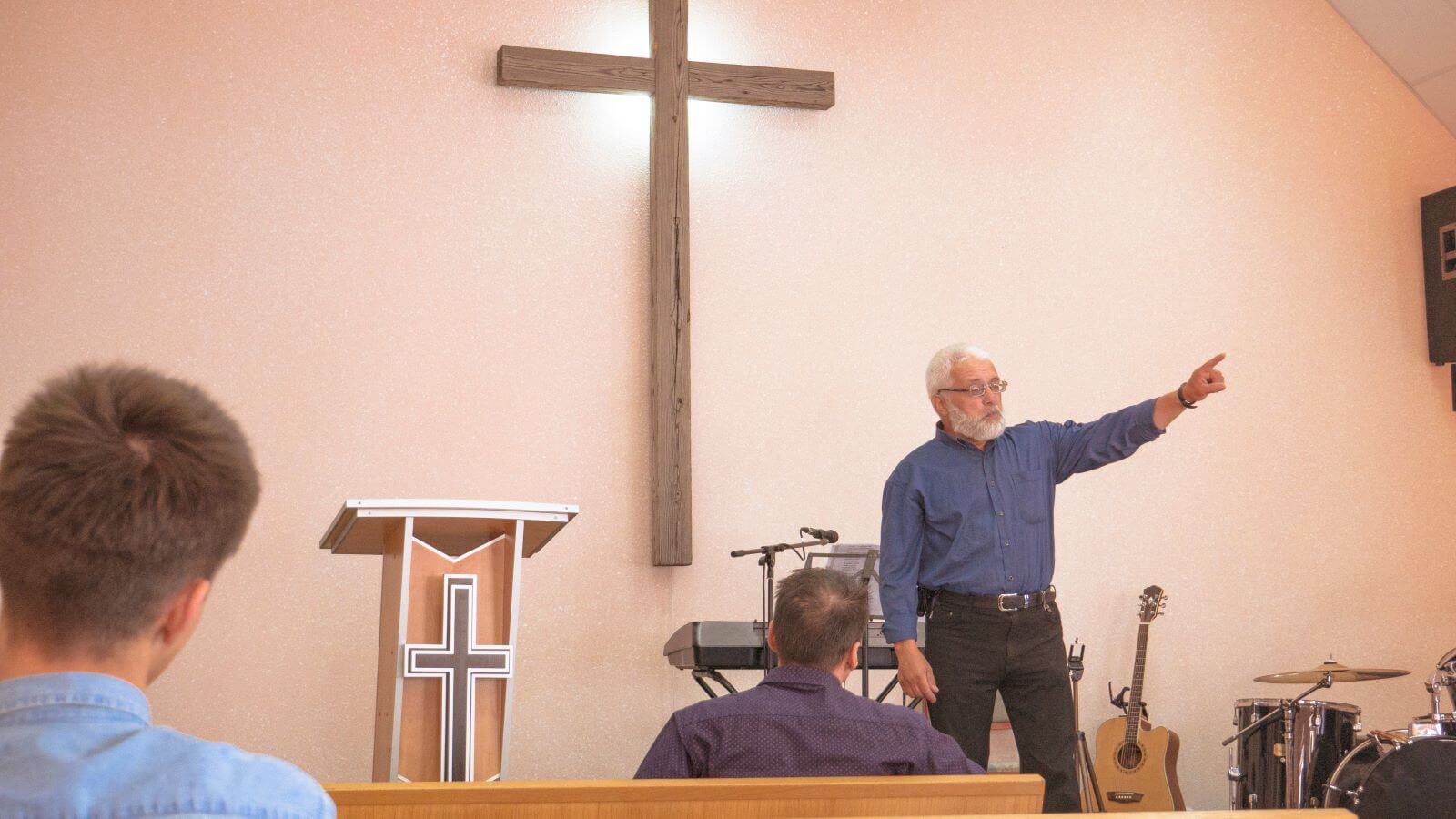
Many religious individuals and organizations support LGBTQ rights and recognize the dignity and worth of LGBTQ people. Acceptance and support vary widely across different faiths and within religious communities.
13. “LGBTQ individuals are looking to undermine traditional values”
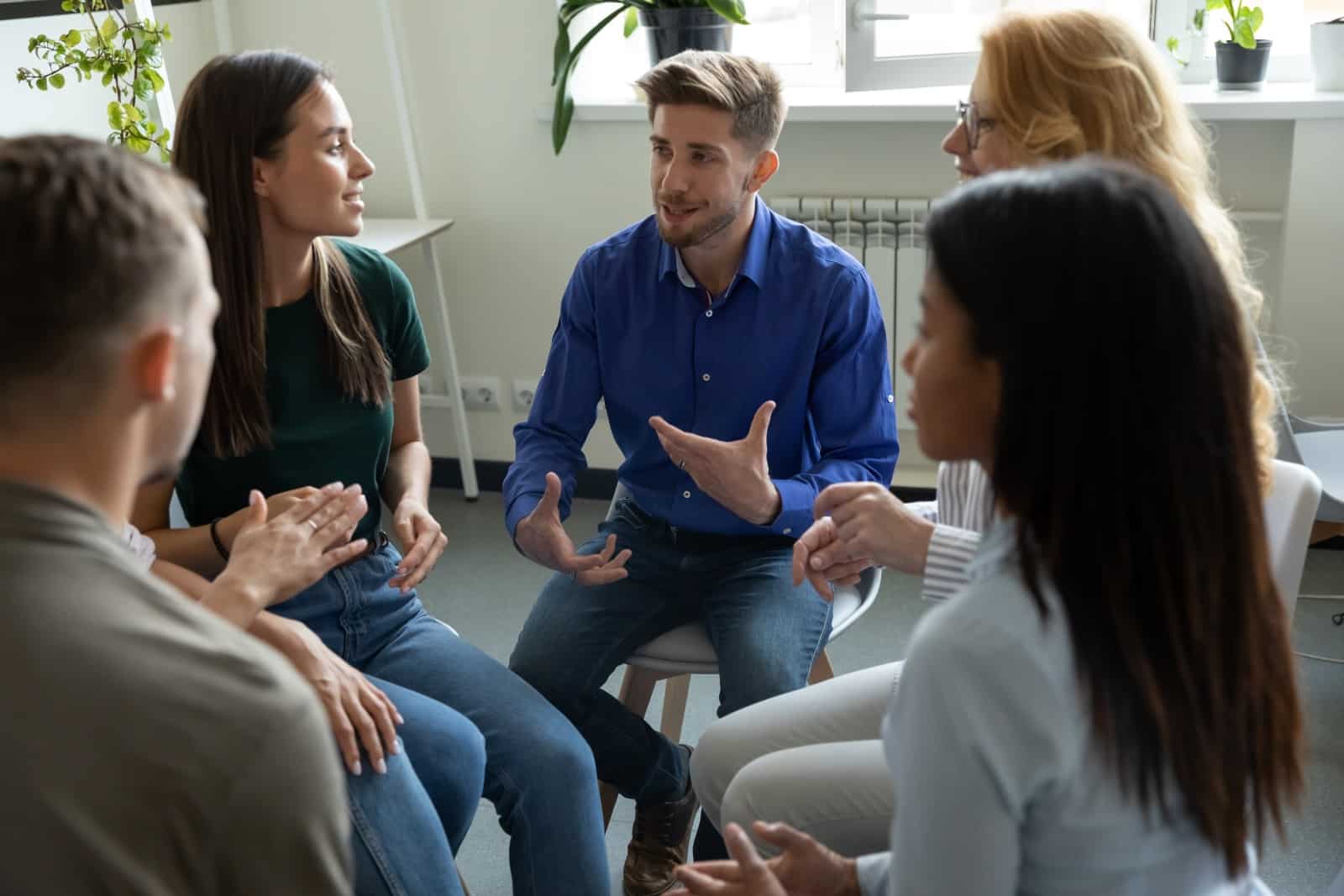
Seeking equality and acceptance does not undermine traditional values. It is about recognizing the diversity of human experiences and ensuring that everyone is treated with respect and dignity.
14. “LGBTQ issues are too adult to discuss with children”
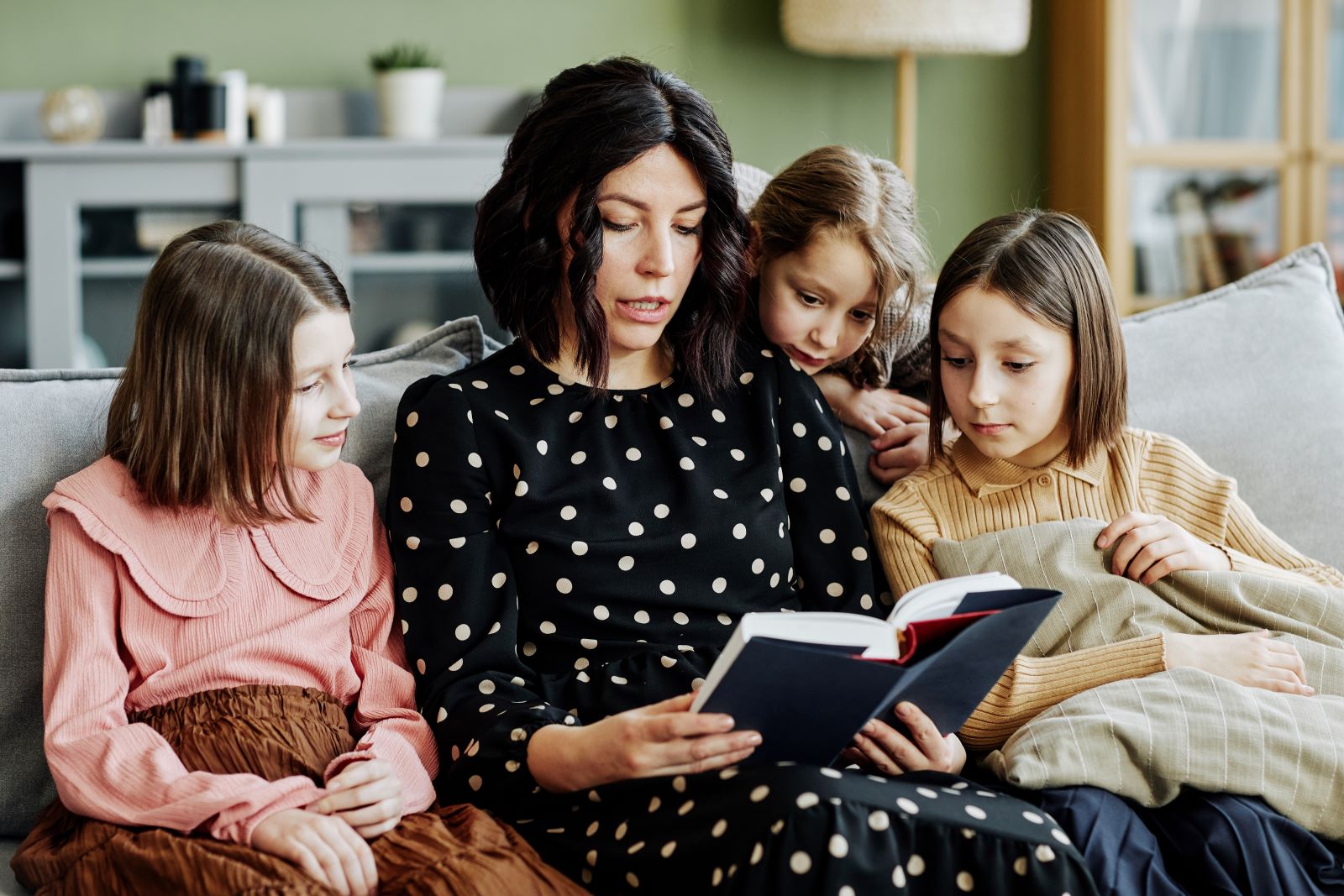
Children can understand concepts of love, respect, and diversity from a young age. Discussing LGBTQ issues in age-appropriate ways promotes understanding and empathy, preparing them to live in a diverse world.
15. “LGBTQ representation in media is unnecessary”
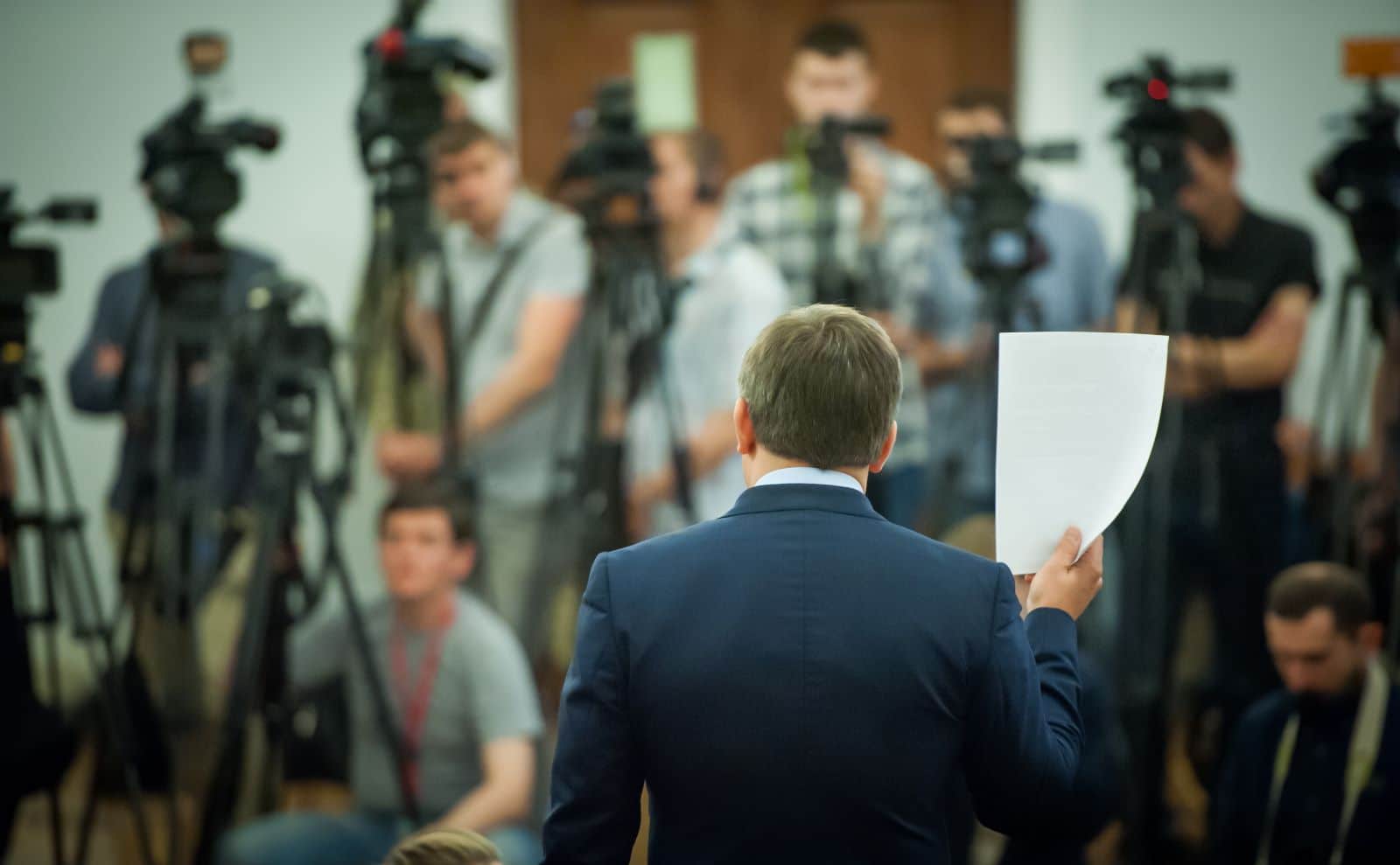
Representation matters. Seeing themselves reflected in media helps LGBTQ individuals feel seen and valued. It also fosters empathy and understanding among all audiences, contributing to a more inclusive society.
Reflecting on Misconceptions
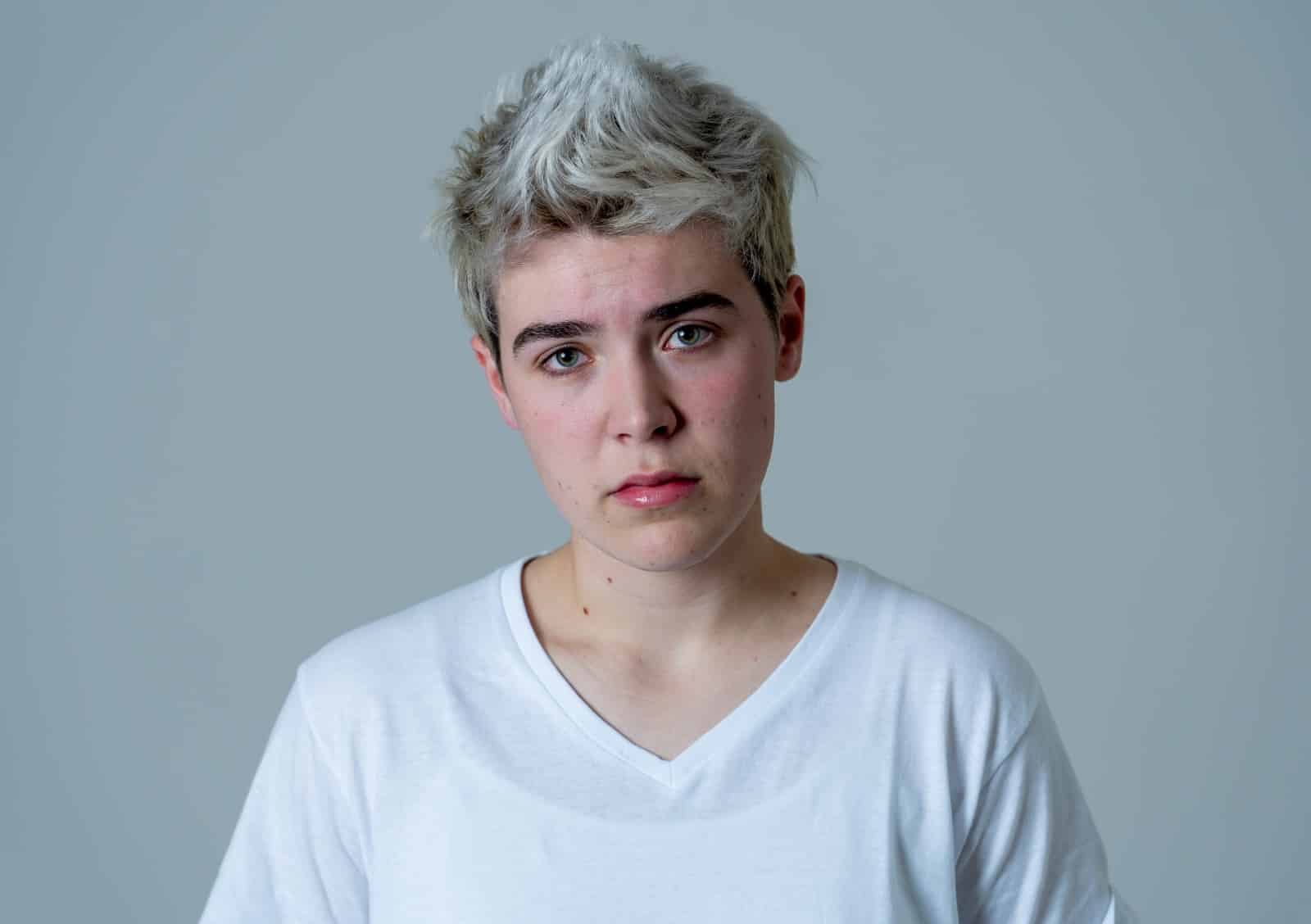
Misinformation can create barriers to understanding and acceptance, but knowledge and empathy have the power to tear these barriers down. By challenging these untruths, we foster a more inclusive, compassionate, and informed society.
The post LGBTQ Reality Check: 15 Most Common Misconceptions first appeared on Pulse of Pride.
Featured Image Credit: Shutterstock / Bob Korn.
For transparency, this content was partly developed with AI assistance and carefully curated by an experienced editor to be informative and ensure accuracy.

